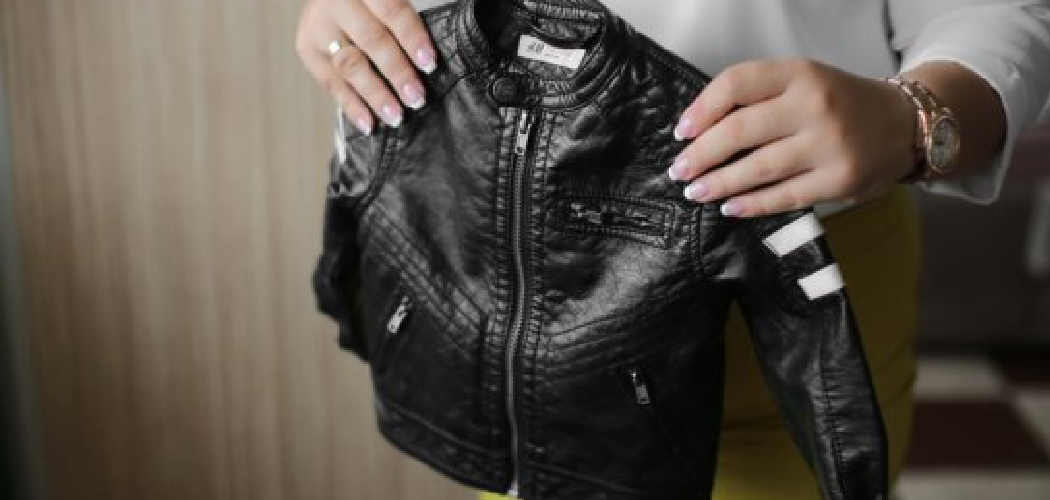As anyone who owns a leather jacket can attest, sooner or later, it’s going to start peeling. While this may seem daunting, there are ways to fix it and make your jacket look good as new. In this post, we’ll go over the steps you need to take to get your jacket looking better than ever. So read on for information on how to fix leather jacket peeling.
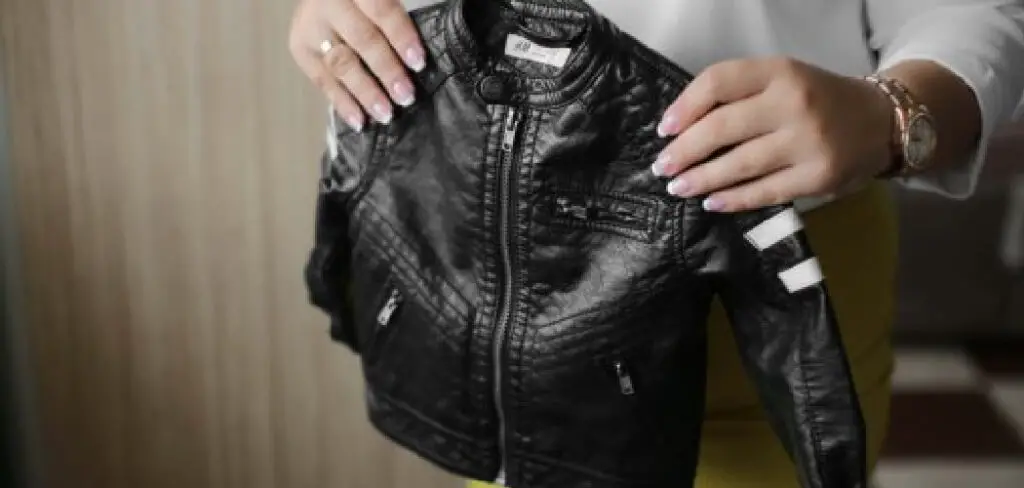
What is Leather Jacket Peeling?
First things first, let’s talk about what exactly leather jacket peeling is. This is when the top layer of the leather starts to flake off, revealing a lighter or different-colored layer underneath. It can happen for various reasons, including age, low-quality leather, harsh environmental conditions, and improper care and maintenance.
If you notice peeling on your leather jacket, don’t panic. It’s a common issue and can be fixed with the right techniques. You don’t have to throw out your favorite jacket just yet.
Why Has My Leather Jacket Started Peeling?
One of the most common issues people have with their leather jackets is that the leather starts to peel. This can be a very frustrating problem, as it can ruin the look of an otherwise perfect jacket. There are a few different reasons why this may happen, and understanding the cause can help you to prevent it from happening in the future. One of the most common reasons for peeling leather is simply because the jacket is old.
As leather ages, it naturally starts to break down and dry out. This can cause the surface of the leather to crack and peel away. If your jacket is starting to show signs of age, it’s best to take it to a professional leatherworker to have it repaired or replaced. Another common cause of peeling leather is improper care. If you don’t clean and condition your jacket regularly, the leather will become dry and brittle. This can cause it to crack and peel.
Be sure to clean your jacket with a gentle leather cleaner and condition it regularly to keep it looking its best. Finally, peeling leather can also be caused by exposure to excessive heat or sunlight. If your jacket is stored in a hot, dry place, the leather can become dried out and cracked. If you must store your jacket in a hot environment, be sure to wrap it in a breathable fabric to protect it.
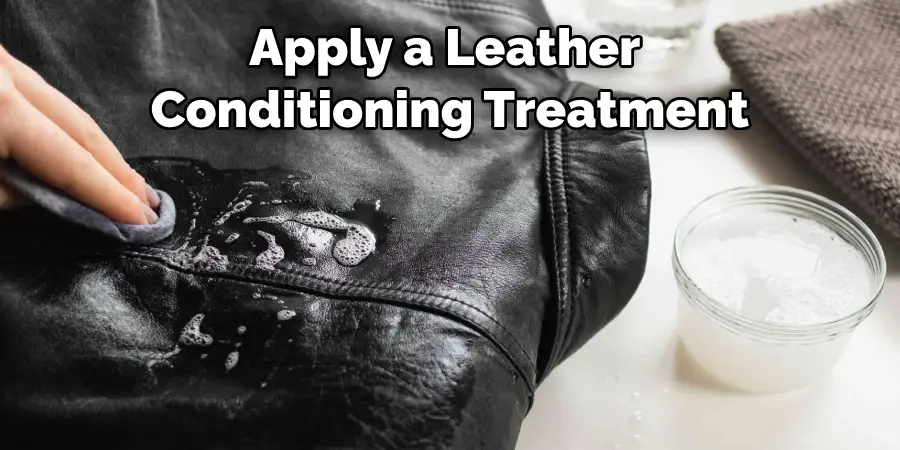
Needed Materials:
To fix leather jacket peeling, you’ll need a few materials. These include:
Leather Cleaner:
A gentle leather cleaner is essential for removing dirt and grime from your jacket without damaging the leather.
Leather Conditioner:
This will help to moisturize and soften the leather, preventing further cracking and peeling.
Sandpaper:
You’ll need sandpaper to gently remove any loose or peeling pieces of leather from your jacket.
Leather Repair Kit:
This will be useful if your jacket has any small tears or holes in addition to the peeling.
Soft Cloth:
A soft cloth is necessary to apply the leather cleaner and conditioner to your jacket.
Step by Step How to Fix Leather Jacket Peeling:
1. Cleaning the Jacket
The first step is to clean the jacket with a gentle leather cleaner. Be sure to follow the instructions on the cleaner to avoid damaging the leather. Next, use a soft cloth to apply the cleaner and wipe away any dirt or grime. If the jacket is dirty, you may need to repeat this step. Allow the jacket to dry completely before moving on to the next step.
2. Apply a Leather Conditioning Treatment
If the leather on your jacket is peeling, it’s likely because it’s dry and needs to be conditioned. Fortunately, this is an easy fix. All you need is a leather conditioning treatment, which you can find at most stores that sell leather goods. To apply the conditioner, simply follow the instructions on the bottle. Usually, you will need to apply it to a clean, dry cloth and then rub it into the leather in a circular motion. Once you’ve applied the conditioner, allow it to soak into the leather for at least an hour before wiping off any excess.
3. Apply a Leather Sealant
After conditioning the leather, you will need to apply a sealant. This will help to protect the leather and keep it from drying out. You can find a leather sealant at most craft stores. Apply the sealant evenly to the surface of the jacket and allow it to dry completely. If you are going to be wearing the jacket in the rain, you may want to apply a waterproofing spray to the sealant. This will help to keep the leather from getting wet and drying out.
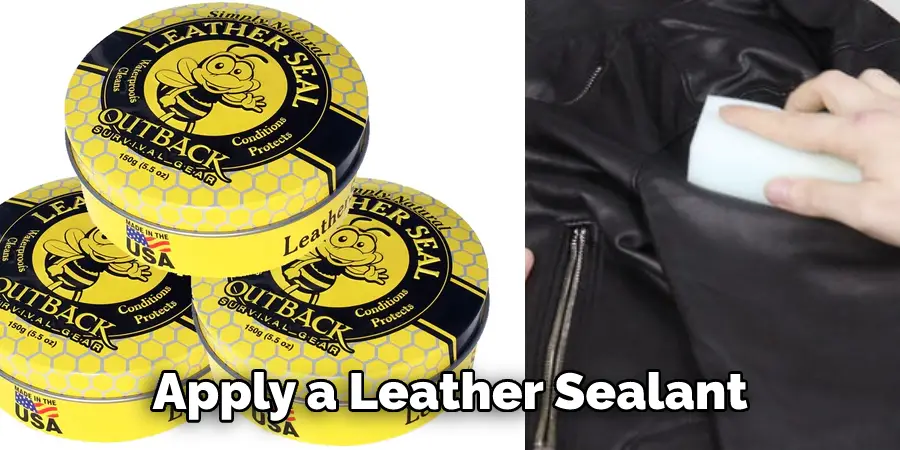
4. Use a Leather Repair Kit
If the leather on your jacket is starting to peel in large chunks, you may need to use a repair kit. You can find these kits at most hardware stores or online. Always follow the instructions carefully, as they will vary depending on the kit you use. If done correctly, this should stop the peeling and restore your jacket to its former glory. It may also help to prevent any future peeling. You can also use the sandpaper to gently sand down any rough or jagged edges where the leather is peeling.
5. Rub the Area With a Saddle Soap
If the leather on your jacket is dry and cracked, you can try rubbing it with a bar of saddle soap. This will help to moisturize the leather and make it more supple. Saddle soap is a natural product that is made from animal fats and lye. It is safe to use on leather and will not damage the material. To use saddle soap, wet a cloth with warm water and then rub it into the saddle soap. Rub the cloth over the area of the leather that is dry and cracked. After you rub the leather with the saddle soap, rinse it with clean water. Allow the leather to dry before you apply a leather conditioner.
6. Dab on Some Vinegar
If the leather on your jacket starts to peel, you can try dabbing on some vinegar. The acid in the vinegar will help break down the glue holding the leather together. Once the glue has been broken down, you should be able to peel the leather off of the jacket easily. If you do this carefully, you should be able to avoid damaging the leather. You can also mix the vinegar with some water to make a gentle cleaning solution for your jacket. If you use this method, be sure to condition the leather afterward to prevent it from drying out.
7. Moisten the Area With Water
If the leather on your jacket is dry and cracking, you can try moistening the area with water. This will help to rehydrate the leather and make it more pliable. Use a clean, damp cloth to apply water to the area. Allow the leather to dry completely before moving on to the next step. This method may take some time to show results, so be patient. However, with consistent moisture, the leather should become more supple and less prone to peeling.
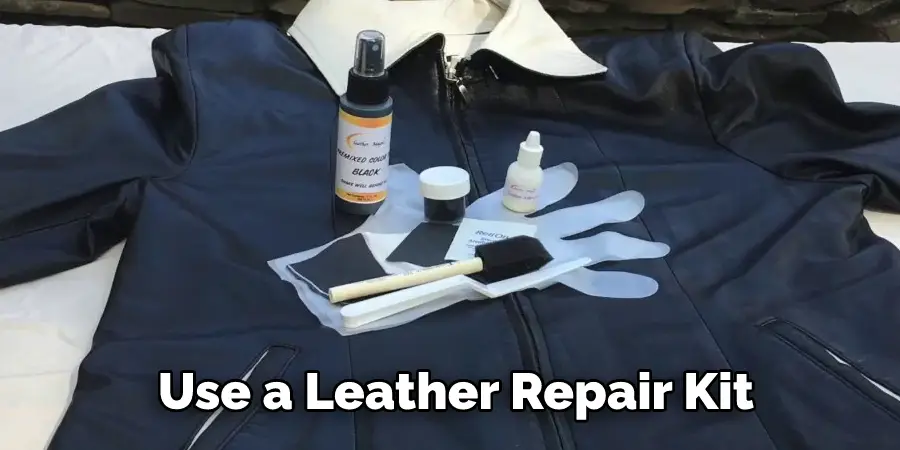
8. Apply Heat to the Area
If the leather on your jacket is dry and cracking, you can try applying heat to the area. This will help to soften the leather and make it more pliable. You can do this by using a hair dryer or by placing the jacket in a warm area. Once the leather has softened, you can then use a leather conditioner to help moisturize the area. Be careful not to apply too much heat, as this can damage the leather.
9. Use Olive Oil
If the leather on your jacket is dry and cracking, you can try using olive oil. The oil will help to moisturize the leather and make it more supple. Apply a small amount of oil to a clean cloth and rub it into the jacket in a circular motion. You should see an immediate difference in the appearance of the leather. Olive oil can also be used to remove stains from leather. Simply apply a small amount of oil to a clean cloth and rub it into the stain. The oil will help to break down the stain and make it easier to remove.
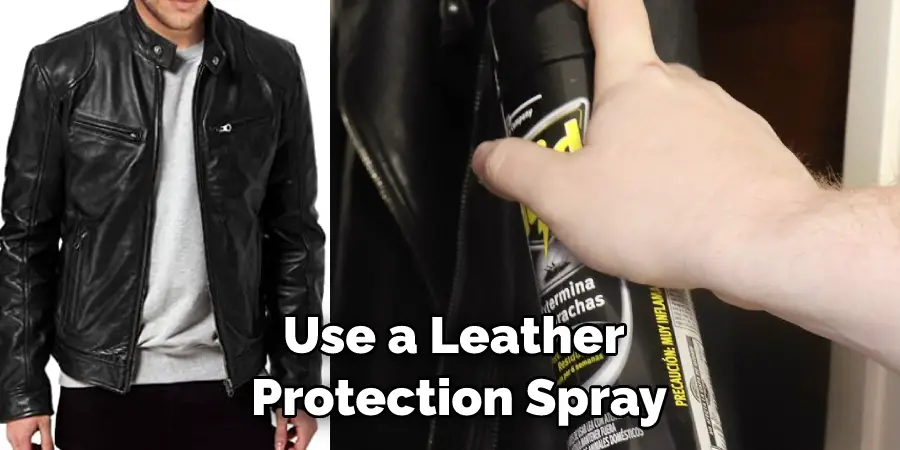
10. Use a Leather Dye
If the leather on your jacket is starting to fade, you can try using a leather dye. This will help restore the color of the leather and protect it from future damage. If you are going to use a leather dye, test it on a small area of the jacket first to ensure that it will not damage the leather.
Following these steps on how to fix leather jacket peeling should help restore your leather jacket and prevent any further peeling. Remember to always be gentle with the leather and use products specifically designed for leather care. With proper maintenance, your leather jacket can last for years to come. So go ahead and rock that stylish leather look without worrying about any pesky peeling! Happy Leather Jacket Repairing!
How to Prevent Leather Jacket Peeling:
1. Use a Leather Protection Spray
You can try using a leather protection spray to prevent the leather on your jacket from peeling. This will help to create a barrier between the leather and any potential damage. Make sure to follow the instructions on the spray bottle, and always test it on a small area of the jacket first to make sure it won’t damage the leather.
2. Store Your Jacket Properly
If you’re not wearing your leather jacket, store it properly. Hang it up in a cool, dry place away from direct sunlight. If you must store it in a closet, don’t pile other clothes on top of it. Leather is a natural material, and it needs to breathe. In addition to proper storage, you should also condition your leather jacket regularly. This will help keep the leather hydrated and prevent it from drying out and cracking.
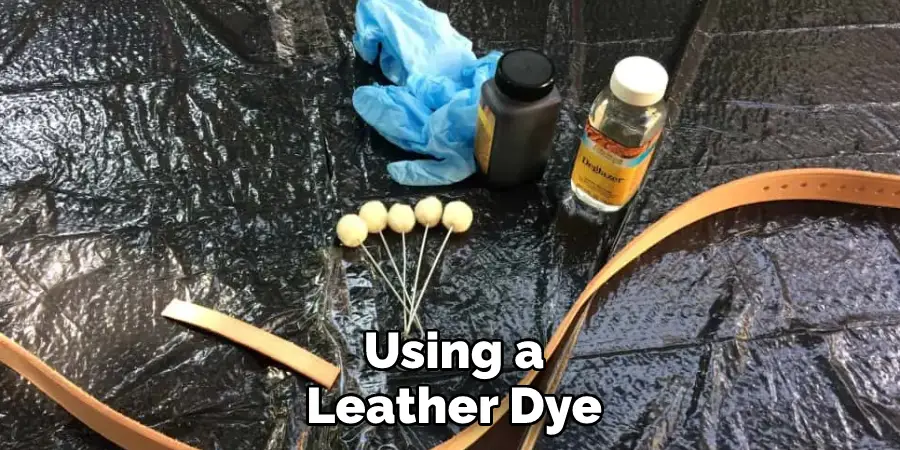
3. Avoid Getting the Jacket Wet
Water is one of the biggest enemies of leather. If your jacket gets wet, dry it off immediately with a clean, absorbent towel. If it’s not possible to dry the jacket right away, stuff it with newspaper to help draw out the moisture. Once the jacket is dry, condition it with a leather conditioner to help restore its natural oils.
4. Don’t Wear the Jacket in Extreme Weather
Avoid wearing your leather jacket in extreme weather conditions, both hot and cold. The extreme temperatures can dry out the leather, causing it to crack and peel. If you must wear your jacket in extreme weather, be sure to condition it regularly to keep the leather hydrated. Additionally, try to avoid wearing the jacket in heavy rain or snow, as water can also cause damage to the leather.
5. Avoid Contact with Chemicals
Many household cleaners and chemicals can damage leather. If you get something on your jacket, wipe it off immediately with a damp, soft cloth. Do not use harsh chemicals or cleaners; never allow your leather jacket to come into contact with petroleum products like gasoline. These can dry out the leather and cause it to crack. Use a leather cleaner specifically designed for use on leather jackets if necessary.
6. Have Your Jacket Professionally Cleaned
If your leather jacket becomes soiled, it’s best to have it professionally cleaned. This will ensure that the leather is properly cared for and that any dirt or grime is removed without damaging the material. If you attempt to clean your jacket at home, you run the risk of damaging the leather or causing it to discolor. It’s worth investing in professional cleaning to keep your leather jacket looking its best.
Frequently Asked Questions:
Q: How Often Should I Condition My Leather Jacket?
A: It is recommended to condition your leather jacket at least once every 6 months, or more frequently if you live in a dry climate. But it’s important to also pay attention to the leather and condition it whenever it starts to look dry or cracked. The more you wear your jacket, the more often it will need to be conditioned.
Q: Can I Use Regular Soap and Water to Clean My Leather Jacket?
A: No, regular soap and water can damage leather. It’s best to use a cleaner specifically designed for use on leather jackets or have it professionally cleaned. It’s also important to avoid using any harsh chemicals or cleaners on your jacket. But if you do happen to get a stain on your jacket, try using a small amount of mild soap and water on a clean cloth to gently remove it.
Q: Can I Wear My Leather Jacket in the Rain?
A: It’s not recommended to wear your leather jacket in heavy rain or snow. Water can damage the leather and cause it to peel or crack. If your jacket does get wet, make sure to dry it off immediately and condition it afterward. It’s also important to note that leather jackets are not waterproof and may not provide the necessary protection in harsh weather conditions.
Q: How Can I Protect My Leather Jacket from Fading?
A: To protect your leather jacket from fading, you can use a leather dye specifically designed for use on leather. Make sure to test it on a small area of the jacket first to ensure it won’t damage the leather. Also, avoid wearing your jacket in direct sunlight for extended periods of time as this can also cause fading. Regular conditioning can also help prevent fading by keeping the leather hydrated and supple.
Q: Can I Store My Leather Jacket with Other Clothes?
A: It’s not recommended to store your leather jacket with other clothes, especially if they are tightly packed. Leather needs to breathe, so it’s best to hang your jacket in a cool, dry place away from direct sunlight. If you must store it in a closet, make sure there is enough space for the jacket to hang freely without any other clothes on top of it. Keeping your leather jacket properly stored and conditioned can help prevent peeling and keep it looking its best. So follow these tips, and you’ll be able to enjoy your favorite leather jacket for years to come! Now, get out there and rock that stylish leather look with confidence. Happy styling!
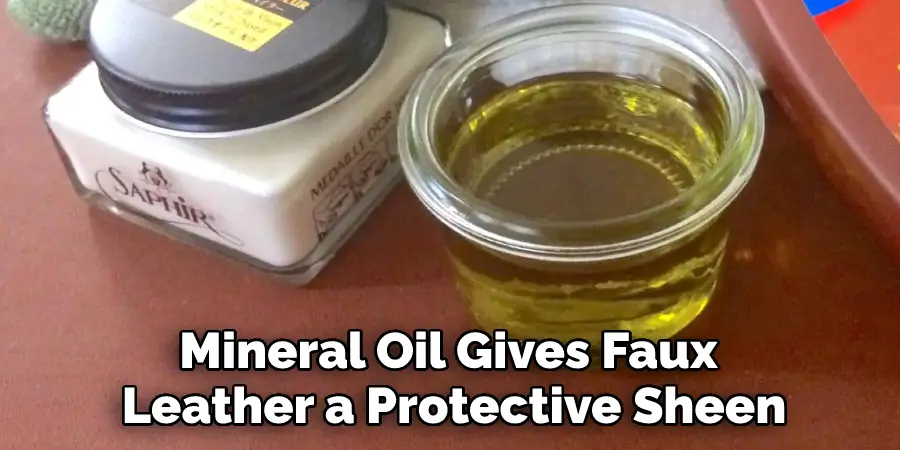
Conclusion Paragraph:
So, there you have it. Now that you know the causes of leather jacket peeling and how to fix leather jacket peeling, your jacket will last for years. Follow these simple tips, and your leather jacket will look as good as new. Have you had this problem with your leather jacket? Let us know in the comments below.
You Can Check It Out to Soften Stiff Denim Jacket

